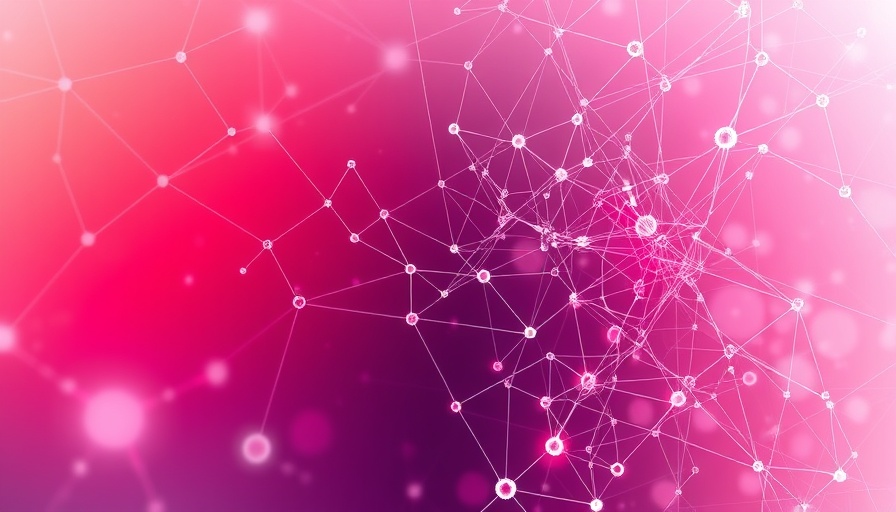
The Ripple Effects of DEI Funding Cuts in Neuroscience
In recent months, the neuroscience community has faced a significant challenge: federal cuts to diversity, equity, and inclusion (DEI) funding. These reductions have major implications for grassroots organizations that support underrepresented researchers, as they are now tasked with absorbing the shockwaves left by the elimination of government-sponsored programs. Without federal backing, many mentorship initiatives have had to reconsider their operational strategies and seek alternative support to continue their invaluable work.
Grassroots Organizations: A Beacon of Hope
Despite the turbulent funding landscape, grassroots organizations have stepped up to fill the gap left by federal cuts, demonstrating resilience and commitment to supporting marginalized researchers. Groups that previously relied heavily on government grants are now finding innovative ways to sustain their operations. For instance, some have transitioned towards community-driven funding approaches, securing local sponsorships and engaging alumni networks to raise crucial resources for trainees.
Building Bridges: The Importance of Community Support
The importance of community in this crisis cannot be overstated. Young researchers from underrepresented backgrounds are not just losing financial support; they are also experiencing a reduction in mentorship opportunities that are vital to their professional growth. Grassroots organizations are pivotal in fostering connections among these emerging scientists, helping them navigate their careers successfully amidst uncertainty. Many leaders of these initiatives emphasize the urgency of creating safe spaces for discussion and networking, which can alleviate feelings of isolation during this funding crisis.
Future Outlook: Opportunities Amid Challenges
As the neuroscience field grapples with diminishing DEI funding, eyes are turned toward opportunities for reinvention. The future may lie in the harnessing of technology; many grassroots organizations are exploring digital platforms to widen their reach. Mentoring can now transcend geographical boundaries through virtual meetups and workshops, allowing diverse participants to engage and share experiences without the constraint of physical locations.
Discussions That Matter: The Role of Dialogue in Advocacy
While confronting federal funding cuts is critical, it is equally important for neuroscience organizations to engage in productive dialogue about the value of diversity in research. Public forums, webinars, and panels can serve as platforms for advocates to discuss the impacts of these cuts and the necessity for sustained efforts to promote DEI in all scientific disciplines. By amplifying their voices, young researchers and advocacy leaders can galvanize support for a more inclusive environment in academia.
Seeking Solutions: Actions to Consider
For early-career researchers navigating these tumultuous waters, awareness of available resources is crucial. Staying connected with grassroots organizations, attending events, and actively seeking mentorship opportunities can help cultivate invaluable networks. Those involved in these initiatives can mobilize to share experiences and strategies, fostering a collective strength that enhances their ability to thrive despite adversities.
As the neuroscience community rallies around its grassroots organizations, the steadfastness of advocacy groups underscores a vital truth: the pursuit of diversity, equity, and inclusion is a communal effort that transcends funding streams. By embedding these values within their cores, organizations can continue to fight against the diminishing support for marginalized voices in science.
Conclusion: As the landscape of federal funding shifts, it remains imperative for researchers and organizations to adapt. Collectively, they must forge paths forward—one mentoring connection, one community event, and one outreach initiative at a time. Together, they can ensure that the future of neuroscience remains rich with diversity and innovation, offering mentorship and opportunities to those who need it most.
 Add Row
Add Row 

 Add
Add 


 Add Row
Add Row  Add
Add 
Write A Comment